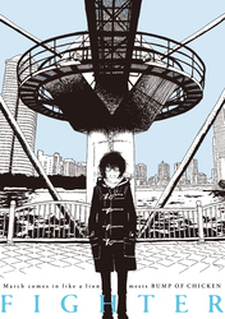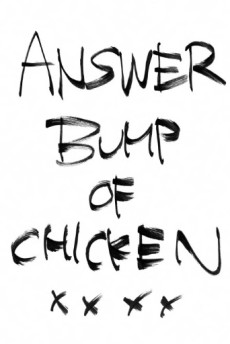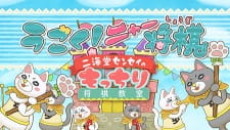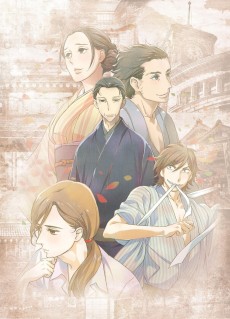3-GATSU NO LION
STATUS
COMPLETE
EPISODES
22
RELEASE
March 18, 2017
LENGTH
25 min
DESCRIPTION
Rei Kiriyama is a 17 year old boy who recently started living alone, financed by his salary as a professional Shogi player. Despite his independence, however, he's yet to mature emotionally, and his problems continue to haunt him in his daily life. His relationship with his adoptive family is strained, and he has difficulties interacting with his fellow high school students.
Meanwhile, his professional career in Shogi has entered a slump. Burdened with the heavy expectations placed upon him, his wins and losses are fluctuating as his record and progression into the ranks begin to stagnate.
Acquainted with Rei are the three Kawamoto sisters: Akari, Hinata, and Momo. Unlike Rei, they live happily in their modest home, which they warmly welcome Rei into as if he were one of their own. He frequently visits the family, interacting with them and receiving the kind of care and affection he never quite had while under his foster home.
This is the story of Rei's triumphs and failures, relationships new and old, and his growth as a person.
(Source: TV Tropes)
CAST

Rei Kiriyama
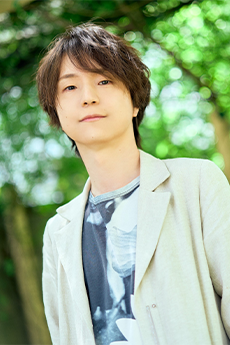
Kengo Kawanishi

Hinata Kawamoto

Kana Hanazawa
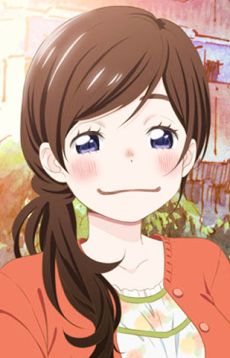
Akari Kawamoto
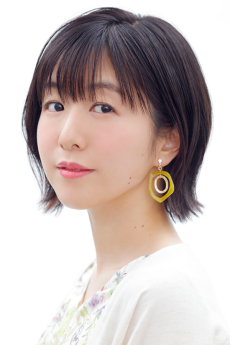
Ai Kayano
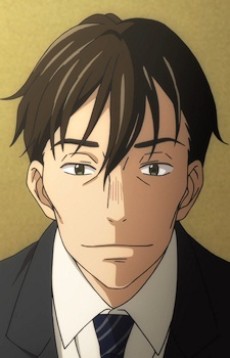
Kai Shimada
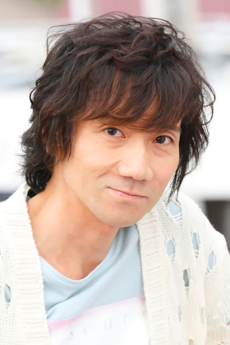
Shinichirou Miki
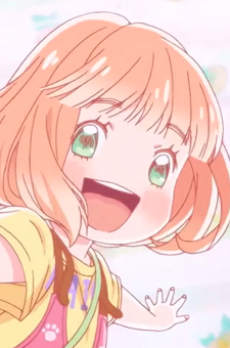
Momo Kawamoto

Misaki Kuno
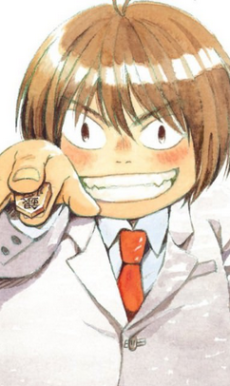
Harunobu Nikaidou
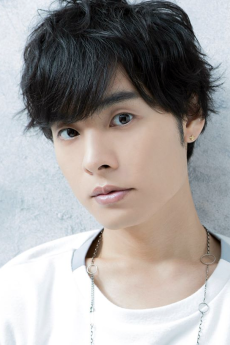
Nobuhiko Okamoto
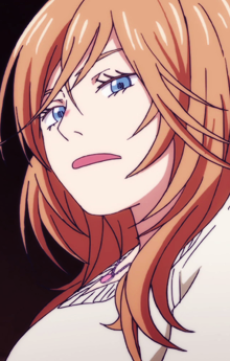
Kyouko Kouda
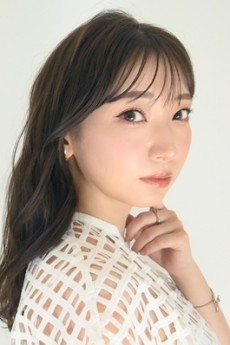
Marina Inoue
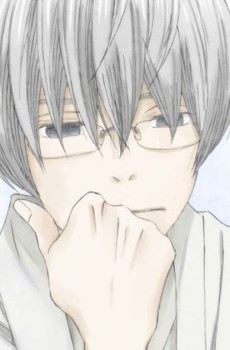
Touji Souya
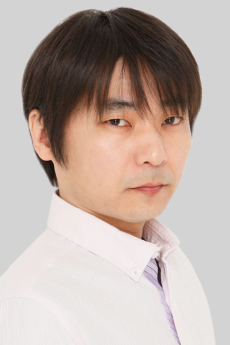
Akira Ishida
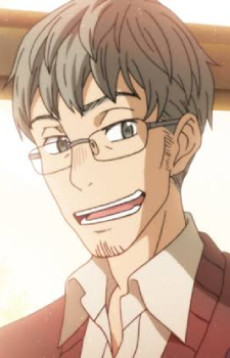
Takashi Hayashida
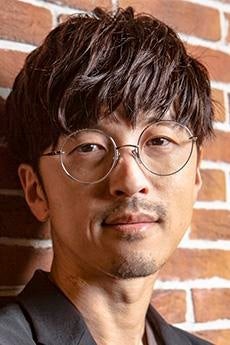
Takahiro Sakurai

Someji Kawamoto

Shigeru Chiba
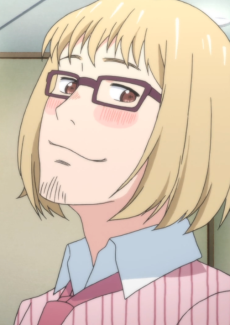
Tatsuyuki Misumi
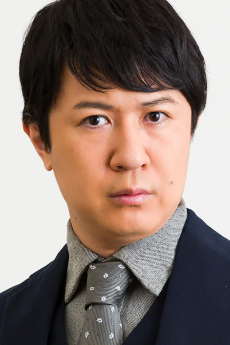
Tomokazu Sugita
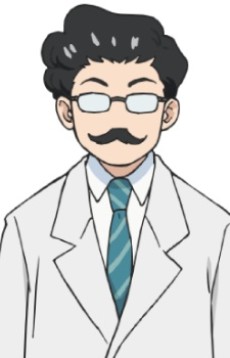
Noguchi Eisaku
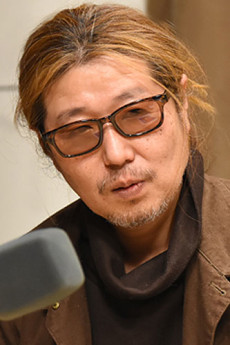
Yuuji Ueda
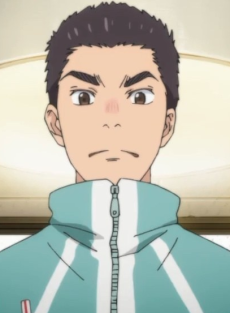
Yuusuke Takahashi
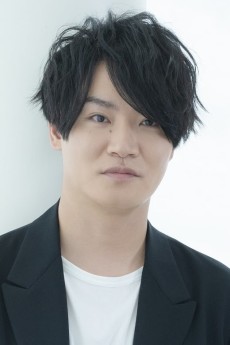
Yoshimasa Hosoya
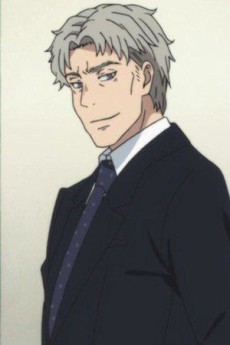
Masamune Gotou
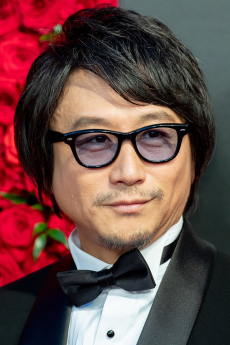
Hiroki Touchi
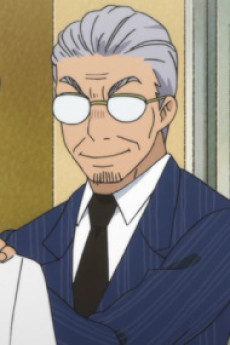
Takanori Jinguuji

Tesshou Genda
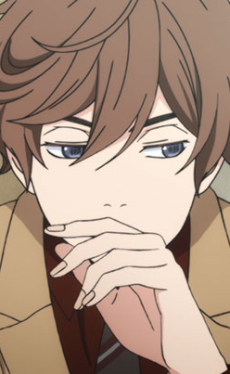
Takeshi Tsujii

Yuuichi Nakamura

Issa Matsumoto

Subaru Kimura
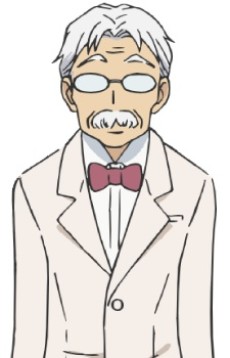
Hanaoka
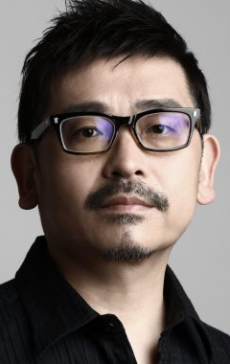
Youji Ueda
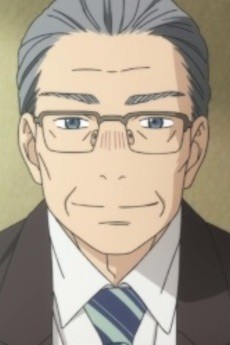
Masachika Kouda

Tooru Ookawa
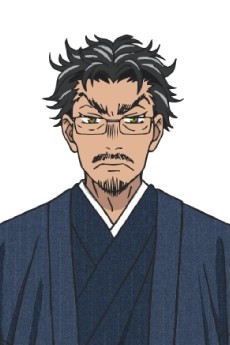
Raidou Fujimoto

Akio Ootsuka
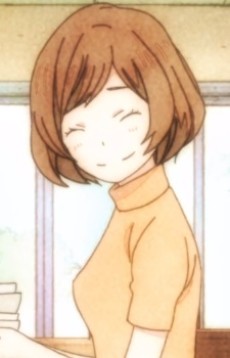
Kouda no Tsuma

Yumiko Oofuku

Okuyasu Yokomizo
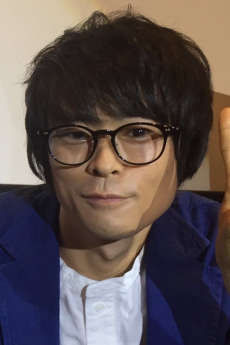
Daisuke Sakaguchi
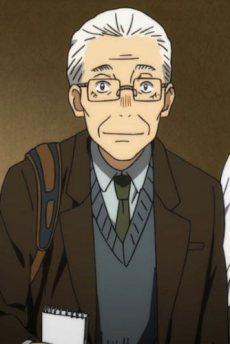
Izumida

Binbin Takaoka
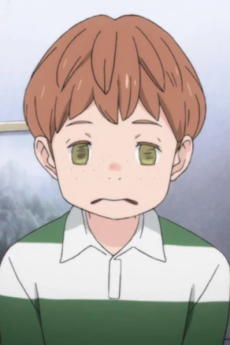
Ayumu Kouda

Marina Inoue
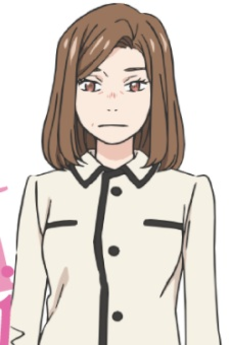
Misaki
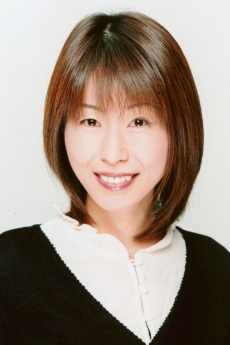
Michiko Neya
EPISODES
Dubbed
RELATED TO 3-GATSU NO LION
REVIEWS

beanwolf
80/100A slow but masterfully produced character drama with trademark SHAFT psychedelic visuals. Oh, and there's shogi.Continue on AniListStudio SHAFT has a way with making the seemingly mundane into a psychadelic picture show of the most ludicrous level, and March Comes In like a Lion is no exception to that rule. A manga adaptation about a young shogi professional, you'd think that the anime would have trouble keeping your attention or being continually interesting. In that same vein, the show is pretty hard to nail down a classification on, but I think the safest and most apt thing to say about the show is that it's a strong character drama; we get to see how Rei deals with the challenges of being one of the youngest shogi professionals to ever be successful and the struggles of his life despite this. To go into further detail about these aspects of Rei's character would likely ruin the show for many, so I'll abstain and just assure you that Rei's character is a perfect vehicle for the show to convey its themes of family, friendship, and growing up. To foil Rei's overt doom and gloom is a colorful cast of characters, including the sisters, his school counselor, and his more positive friends at the local shogi club. Balancing his dramatic shogi competitor lifestyle and the relationships of those he cares about are one the core conflicts that Rei experiences, and every character is a finely crafted means to that end.
The show unfortunately suffers from a snails pace, and even though it seems to utilize it well most of the time, it can't help but feel like the show was just "being slow to be slow" rather than trying to emphasize some sort of character or story development. More than 50% of any given episode are Rei's internal monologue, fighting with indecision and mulling over his life's problems with long-winded metaphors and some pretty intense imagery. SHAFT helps this along with some incredibly impressive animation and art, employing all sorts of trippy color shifts and detailed backgrounds, but this doesn't change the fact that the actual action and plot is dragged out to a near ludicrous degree. It can be argued that these monologues are more important than the action, but as someone who got pretty invested in Rei's tangible success in shogi (particularly his goal to overcome a specific opponent), I found it marginally annoying. The show also tries to "keep the 'light' sections light" with a heavy shift in visual style that can sometimes feel as if it comes out of nowhere, especially if it happens in the middle of Rei's monologues. It's nowhere near the level of off-putting as something from like, Drifters, but its still worth noting if you're in this one specifically for the "serious".
Visually I couldn't have less of a set of complaints. Art is this beautiful melding of water-color and soft-line styles that I absolutely adore, and it makes every single scene a joy to take in. The backgrounds are beyond gorgeous, and the character designs are simultaneously well-defined but fit perfectly in their world. Facial expressions are also of note here, as the show seems to apply a de-facto frown to everyone then impress with the subtle differences and exaggerated highs from there. For all the times I might have been frustrated with Rei's monologue-ing, the art and animation went almost full Madoka levels of off-the-wall. In particular, the visual motif of Rei drowning or being crushed under his life's pressure is shown many times, but each one is unique and the idea never felt stale now matter how many times I saw it repeated on screen. VA and music here are also superb, as a frequently monologue-ing character better be great to listen to and have some great music to set the speeches to.
Despite its slow pace, March Comes in like a Lion was a great ride. It didn't exactly resolve by the end, which is saying something despite its 22 episodes, but it's already been confirmed by SHAFT to be receiving a second season. Whether or not this show is getting the Monogatari or Niskeoi treatment, where SHAFT will pledge to animate everything as its adapted, but I'll surely keep watching if that happens.

muniin777
100/100An expressive, dark & bright drama that explores relationships and the duality of negative & positive emotion.Continue on AniList3-gatsu no Lion (March Comes in Like a Lion) depicts the daily life of a young shogi prodigy, Rei Kiriyama, but is much deeper than what can be seen at a glance.
Rei is a shy individual who suffers from bouts of depression and anxiety centred around his career, family history, and the hardships of living in a world where he feels alone. Due to his circumstances, he poured all his efforts into becoming a pro shogi player from a young age. As a result, he has few close friends and underdeveloped social skills which leads to a life of isolation. While exploring Rei's inner conflict, 3-gatsu no Lion shows us the weight of human contact (for better or for worse) and how it impacts the tipping scale of negative & positive emotion.
You may think, "This sounds really depressing!"
While heart-wrenching at times, the show doesn't leave you with that feeling for long. Even through Rei's darkest days, there are moments of brightness (often found with the kind & generous Kawamoto sisters). The show switches tone freely but gently due to Rei's continued narration bridging the gaps. Despite the darkness, you get the sense that there is always hope and beauty that can be found in the little moments. 3-gatsu no Lion understands that life is not always easy, but nothing lasts forever.
From the very start, Shaft uses a myriad of art & animation styles to convey different emotional tones. Each art style is chosen to match the scene. Aggressive, monotone charcoal styles are used to depict Rei and other characters' spiralling negativity or losses. Bright, cheery, glowing crayon styles are used when Rei is spending time with the Kawamoto sisters.
The musical score is often pensive, lending further atmosphere to the reflective nature of the show. However, this sometimes suddenly changes to an upbeat candour when Rei's more boisterous acquaintances appear like whirlwinds on-screen (I'm looking at you, young Nikaidou). Overall, the music always suits the mood.
3-gatsu no Lion also uses strong metaphorical imagery to mirror the mental state of the characters. Water is likely the most commonly-recurring of these themes. The show takes place in Sumida River, Chuo Ward of Tokyo, which was once known as the City of Water. Rei finds solace in crossing bridges and watching the rivers flow throughout the area, but he feels like he is drowning in a dark sea when he is alone. He mentally compares the intense struggle of competition to trying to swim across a stormy sea to an island. Upon reaching the island, a more violent sea spans the gap to the next safe plateau.
One thing I found difficult about the show was keeping track of some of the actual shogi play discussed or shown. Not being familiar with the game (despite it being briefly explained on-screen in song by medieval cartoon cats) and not being able to read the pieces made it hard to follow. However, this is not a huge detractor since the shogi play itself is merely a backdrop. It is clearly not expected that the audience are master shogi players by any stretch in order to understand the scenes.
In the end, all metaphors and shogi aside, the real heart of the show comes from the wonderfully deep cast of characters, the expressive emotional tone, and the philosophy of trying to carve out a name for oneself and find out what really matters in life. On all these fronts, 3-gatsu no Lion excels.

Whom
80/100It's so cold now...I swear it will be warmContinue on AniList(Spoilers are light but I'm going to start spoiler tagging every review since I'm out of touch with people who care about spoilers and I don't want to guess at what counts and doesn't)
There's something magical about watching a classic unfold before your eyes before it has truly been canonized. I'm relatively late on 3-gatsu no Lion, but I still received a bit of that high watching it this past month. See, I passed by this when it originally aired, looking at all the praise from nearly everyone I respected and thinking "I'm going to love that." I was right.
3-gatsu no Lion oozes love and radiates warmth. More than just being full of those things, it is about letting that warmth in and the futility of trying to tough it out alone. It spits in the face of the idea that one needs to have their act together on their own before coming together with others or that deep underlying problems need to be tackled alone. Ever get that advice that says you need to sort out your own issues in order to properly love others...that if you're not secure in yourself, you'll only be pushing your baggage on other people? That is the number one thing that this anime rails against, and that's to be fuckin' applauded. Pain is to be distributed and shouldered by others. Finding community where you can, be that in family, friends, competition, or anywhere else is the healing process. This is an aspect of life that's hard to accept when you're falling down, made even harder when you're told otherwise. Having a piece with the power this series does reinforce that is deeply comforting and reassuring. It's always okay to sit under the kotatsu. Eat, be warm, let yourself love and be loved. That's where happiness and healing lie, where all the best parts of life are. That's the emotional core of this show and these characters, and it's all brilliant. It's food for the heart.
The shogi is also wonderfully put on display, with much more attention given than one might expect, given that it's never really talked about as a great show about competition. There's clearly a great love on display for losing oneself in an interest or in a competitive scene, and while I never reached the level of competition that Rei does in anything, it certainly feels true to the feels associated with communal improvement, stagnation, pressure, self-doubt, etc. Nothing is an afterthought in 3-gatsu no Lion, everything feels like it has a distinct purpose. Any aspect of it that you take interest in will be rewarding.
I'm less interested in the aesthetic qualities of this show, but it's worth mentioning that this is also masterful in that sense. It's the SHAFTiest thing you'll ever see, with the best match for that style since...I don't know, maybe Hidamari Sketch? The swings between all-consuming depression and exuberant joy are convincing and natural as a result. The lows make the highs higher and the reverse is also true. It's always a visual treat even when not being flashy. The character designs pop and are unique without being too out-there. The voice cast, particularly with the sisters, is the best since K-On! Every facet of this production is air-tight and beautiful.
My complaints are minimal. There's a few gags that fall flat, most notably the cats freaking out over food. It's hard to really think about that with how refreshing everything else about this show is.
If only I watched this in 2016, the worst year of my life, I might have met that warmth when I needed it. Please don't repeat my mistake.
SIMILAR ANIMES YOU MAY LIKE
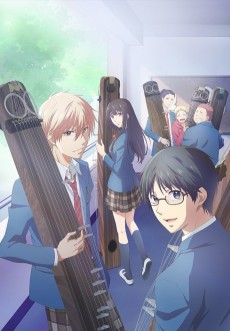 ANIME DramaKono Oto Tomare!
ANIME DramaKono Oto Tomare! MOVIE DramaKoe no Katachi
MOVIE DramaKoe no Katachi ANIME ComedyHachimitsu to Clover
ANIME ComedyHachimitsu to Clover ANIME DramaChihayafuru
ANIME DramaChihayafuru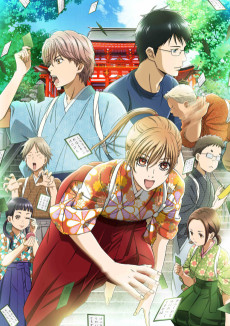 ANIME DramaChihayafuru 2
ANIME DramaChihayafuru 2 ANIME ComedyKareshi Kanojo no Jijou
ANIME ComedyKareshi Kanojo no Jijou ANIME DramaNatsume Yuujinchou
ANIME DramaNatsume Yuujinchou
SCORE
- (4.15/5)
TRAILER
MORE INFO
Ended inMarch 18, 2017
Main Studio Shaft
Trending Level 2
Favorited by 7,308 Users
Hashtag #3月のライオン


